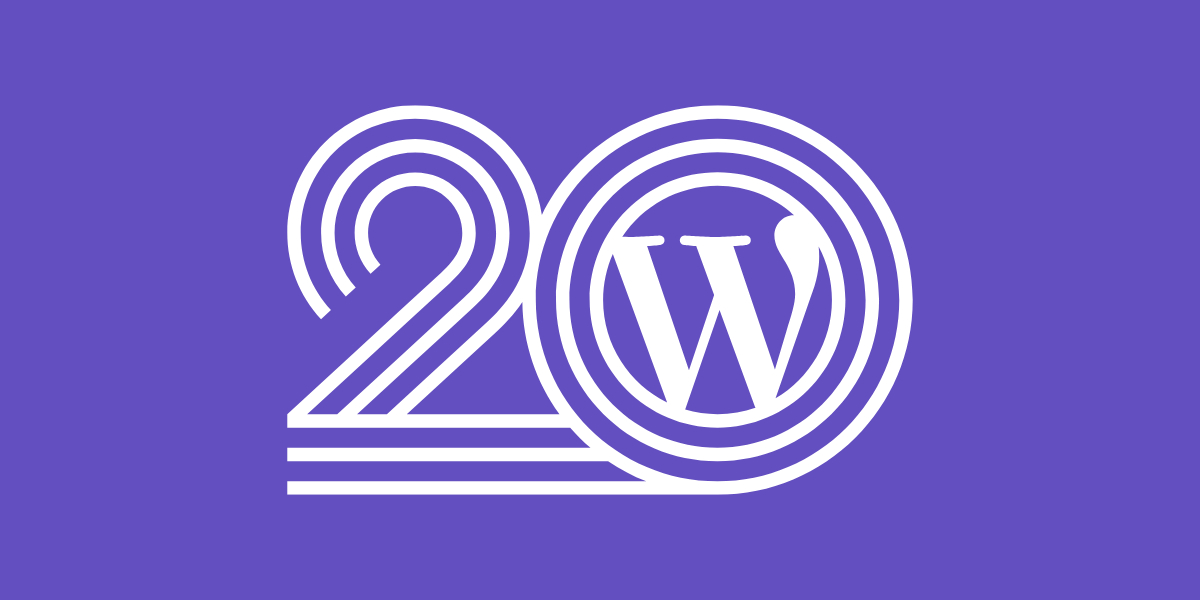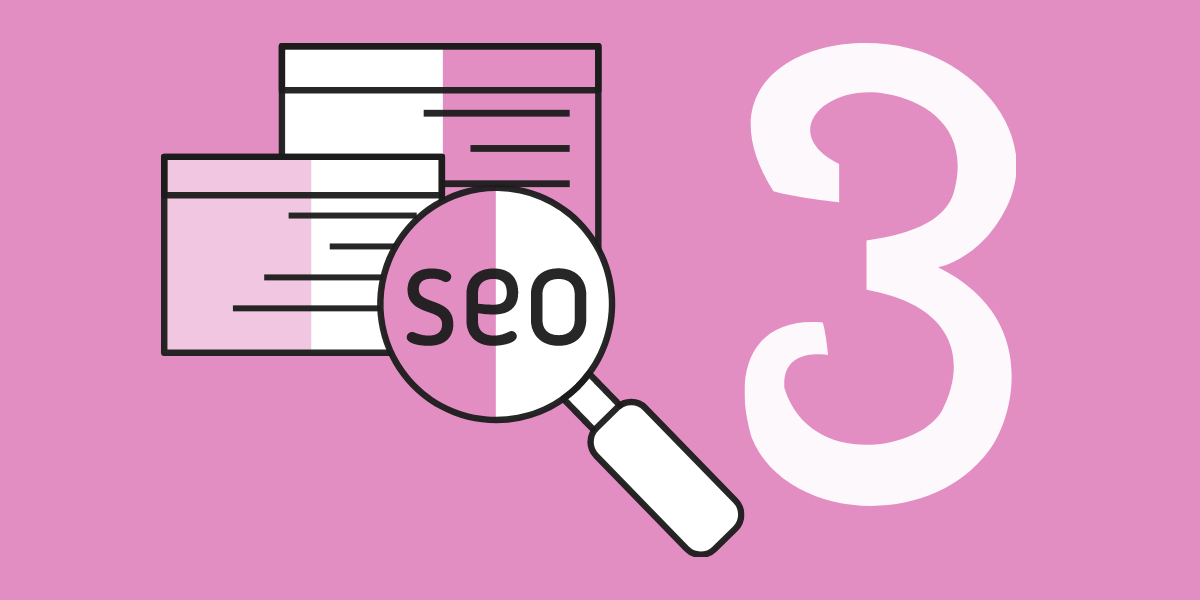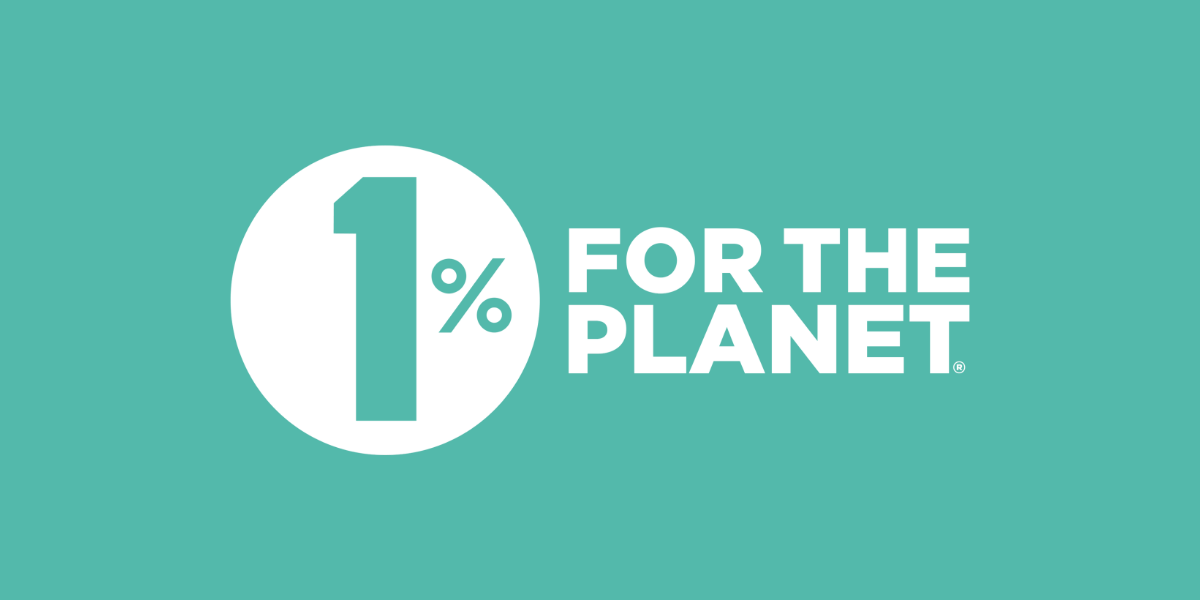SEO für Einsteiger, Teil 5: Technische SEO
Jetzt haben Sie etwas über auf der Seite und Off-Page-SEOist es an der Zeit, die technische Seite von SEO - die Optimierung hinter den Kulissen, die den Suchmaschinen hilft, Ihre Website effektiv zu crawlen, zu indexieren und zu verstehen. Ohne eine solide technische Grundlage bringen Ihre On- und Off-Page-Bemühungen möglicherweise nicht die besten Ergebnisse.
In diesem Kapitel behandeln wir die wichtigsten Aspekte von technisches SEODazu gehören die Geschwindigkeit der Website, die Benutzerfreundlichkeit für mobile Endgeräte, die Struktur der Website und wie Sie sicherstellen, dass Ihre Website für Suchmaschinen leicht zu finden ist.
Was ist technische SEO?
Technische SEO umfasst die Optimierung der technischen Aspekte Ihrer Website, um ihre Leistung, Crawlability und Sichtbarkeit in den Suchmaschinen zu verbessern. Auch wenn die Nutzer diese Optimierungen vielleicht nicht direkt bemerken, spielen sie eine entscheidende Rolle dabei, wie Suchmaschinen mit Ihrer Website interagieren und wie Ihre Website letztendlich eingestuft wird.
Betrachten Sie technische SEO als die Infrastruktur Ihrer Website. Wenn Ihre Website langsam, schwer zu navigieren oder voller Fehler ist, ist es unwahrscheinlich, dass sie in den Suchmaschinenergebnissen gut platziert wird - ganz gleich, wie gut Ihre Inhalte sind.
Warum ist technische SEO wichtig?
Suchmaschinen wie Google wollen ihren Nutzern die bestmögliche Erfahrung bieten. Eine schnelle, sichere und gut organisierte Website bietet nicht nur ein besseres Nutzererlebnis, sondern hilft auch den Suchmaschinen, Ihre Inhalte effizient zu crawlen und zu indizieren. Technische SEO sorgt dafür, dass Ihre Website die Leistungs- und Qualitätsstandards erfüllt, die Suchmaschinen erwarten.
Einige wichtige Gründe, warum technische SEO wichtig ist:
- Crawlbarkeit für Suchmaschinen: Sicherstellen, dass Suchmaschinen alle wichtigen Seiten crawlen und indexieren können.
- Geschwindigkeit der Seite: Schnell ladende Websites bieten ein besseres Nutzererlebnis und werden von den Suchmaschinen belohnt.
- Mobilfreundlichkeit: Da immer mehr Nutzer mit mobilen Geräten im Internet surfen, ist eine für Mobilgeräte optimierte Website entscheidend für ein gutes Ranking.
- Sicherheit: Die HTTPS-Verschlüsselung ist ein Ranking-Signal und für den Schutz der Nutzerdaten unerlässlich.
Lassen Sie uns die wichtigsten technischen SEO-Faktoren aufschlüsseln, auf die Sie sich konzentrieren sollten.
1. Stellen Sie sicher, dass Ihre Website mobilfreundlich ist
Mehr als die Hälfte des gesamten Internetverkehrs erfolgt über mobile Geräte, Mobilfreundlichkeit ist ein entscheidender Ranking-Faktor. Google verwendet die Mobile-First-Indizierung, d. h. es verwendet in erster Linie die mobile Version Ihrer Website, um zu bestimmen, wie sie in den Suchergebnissen rangiert.
Um sicherzustellen, dass Ihre Website mobilfreundlich ist:
- Responsive Design verwenden, die das Layout Ihrer Website automatisch an das Gerät des Nutzers anpasst.
- Vermeiden Sie Pop-ups und aufdringliche Interstitialswas für mobile Nutzer frustrierend sein kann.
- Testen Sie die Handyfreundlichkeit Ihrer Website mit dem Google Mobile-Friendly Test Tool.
Wenn Ihre Website nicht für mobile Nutzer optimiert ist, kann dies Ihre Platzierung beeinträchtigen und zu einer schlechten Nutzererfahrung führen.
2. Verbessern Sie die Geschwindigkeit der Website
Geschwindigkeit der Seite ist ein weiterer wichtiger Ranking-Faktor. Eine langsam ladende Website frustriert die Nutzer und führt zu höheren Absprungraten (wenn Nutzer Ihre Website verlassen, ohne zu interagieren) und niedrigeren Suchergebnissen.
Hier erfahren Sie, wie Sie die Geschwindigkeit Ihrer Website verbessern können:
- Komprimieren und Optimieren von Bildern: Große Bilddateien können Ihre Website verlangsamen. Verwenden Sie Tools wie TinyPNG, um Bilder ohne Qualitätsverlust zu komprimieren.
- CSS, JavaScript und HTML verkleinern: Bei der Verkleinerung Ihres Codes werden unnötige Zeichen (wie Leerzeichen und Kommentare) entfernt, um die Dateigröße zu verringern.
- Verwendung eines Content Delivery Network (CDN): CDNs speichern Kopien Ihrer Website auf Servern in der ganzen Welt, so dass die Nutzer schneller auf Ihre Website zugreifen können, unabhängig davon, wo sie sich befinden.
- Nutzung des Browser-Caching: Beim Browser-Caching werden Teile Ihrer Website auf dem Gerät des Nutzers gespeichert, damit sie bei späteren Besuchen schneller geladen wird.
- Verzögertes Laden verwenden: Lazy Loading verzögert das Laden von Bildern und anderen Medien, bis sie benötigt werden, und verbessert so die anfängliche Ladegeschwindigkeit der Seite.
Google's PageSpeed-Insights kann Ihnen helfen, die Geschwindigkeit Ihrer Website gezielt zu verbessern.
3. Optimieren Sie Ihre XML-Sitemap und Robots.txt
Eine XML-Sitemap ist eine Datei, die alle wichtigen Seiten Ihrer Website auflistet und Suchmaschinen hilft, diese effektiver zu crawlen. Die Übermittlung einer gut strukturierten Sitemap an Google kann sicherstellen, dass alle wichtigen Seiten indiziert werden.
Zur Optimierung Ihrer XML-Sitemap:
- Nehmen Sie nur Ihre wichtigsten Seiten auf: Überladen Sie die Sitemap nicht mit unnötigen oder minderwertigen Seiten.
- Regelmäßige Aktualisierung wenn Sie Inhalte auf Ihrer Website hinzufügen oder entfernen.
- Senden Sie Ihre Sitemap in die Google Search Console ein, um sicherzustellen, dass die Suchmaschinen alle Ihre Schlüsselseiten kennen.
Ihr robots.txt-Datei ist ein weiteres wichtiges technisches SEO-Tool. Es teilt den Suchmaschinen mit, welche Seiten oder Abschnitte Ihrer Website nicht gecrawlt werden sollen. So können Sie zum Beispiel Suchmaschinen daran hindern, doppelte Inhalte, Admin-Seiten oder Anmeldeseiten zu crawlen.
Stellen Sie sicher, dass Ihre robots.txt-Datei korrekt eingerichtet ist, damit Sie nicht versehentlich wichtige Seiten von der Indizierung ausschließen.
4. Defekte Links und Weiterleitungen beheben
Kaputte Links können Ihrer Suchmaschinenoptimierung schaden, da sie ein schlechtes Benutzererlebnis schaffen und verhindern, dass Suchmaschinen Ihre Website effizient durchsuchen können. Ein defekter Link führt zu einem "404-Fehler", der auftritt, wenn eine Seite nicht gefunden wird.
Um defekte Links zu reparieren:
- Regelmäßige Überprüfung Ihrer Website um fehlerhafte Links zu finden und zu beheben, indem Sie Tools wie Der schreiende Frosch oder Ahrefs.
- 301-Weiterleitungen verwenden um Nutzer von defekten oder veralteten Seiten auf die richtigen Seiten zu leiten. Eine 301-Weiterleitung teilt den Suchmaschinen mit, dass eine Seite dauerhaft umgezogen ist, so dass Sie keinen SEO-Wert verlieren.
Vermeiden Sie außerdem Ketten umlenkenSie treten auf, wenn eine URL zu einer anderen URL weiterleitet, die ebenfalls weiterleitet. Zu viele Weiterleitungen können Ihre Website verlangsamen und Suchmaschinen verwirren.
5. Implementierung von HTTPS für die Sicherheit
HTTPS-Verschlüsselung ist sowohl für die Sicherheit als auch für die Suchmaschinenoptimierung wichtig. Google betrachtet HTTPS als ein Ranking-Signal. Wenn Ihre Website also noch HTTP verwendet, ist es Zeit für ein Upgrade.
Hier erfahren Sie, warum HTTPS wichtig ist:
- Sicherheit: HTTPS schützt die Daten der Nutzer, indem es die zwischen ihrem Browser und Ihrer Website ausgetauschten Informationen verschlüsselt.
- Vertrauen: Moderne Browser kennzeichnen HTTP-Seiten als "nicht sicher", was Ihrer Glaubwürdigkeit schaden kann.
- Steigerung des Rankings: Google bevorzugt HTTPS-Websites, daher kann die Verwendung von HTTPS Ihre Platzierung verbessern.
Für die Umstellung auf HTTPS benötigen Sie ein SSL-Zertifikat, das Sie bei Ihrem Hosting-Provider erwerben können.
6. Strukturierte Daten verwenden (Schema Markup)
Strukturierte Daten, auch bekannt als Schema-Auszeichnunghilft den Suchmaschinen, den Inhalt Ihrer Website besser zu verstehen. Sie liefert zusätzlichen Kontext zu Ihren Seiten, so dass Suchmaschinen Folgendes anzeigen können Rich Snippets in den Suchergebnissen, z. B. Produktrezensionen, Sternebewertungen oder Veranstaltungsinformationen.
Wenn Sie z. B. einen Rezept-Blog betreiben, kann die Verwendung von Schema-Markup den Suchmaschinen helfen, Ihr Rezept in einem optisch ansprechenden Format mit Bildern, Kochzeiten und Zutatenlisten anzuzeigen.
Hier erfahren Sie, wie Sie mit Schema Markup beginnen:
- Verwenden Sie die Google-Hilfe für die strukturierte Datenauszeichnung um Schemacode für Ihre Seiten zu generieren.
- Testen Sie Ihr Markup mit dem Rich Results Test Tool von Google, um sicherzustellen, dass es richtig eingerichtet ist.
Strukturierte Daten wirken sich zwar nicht direkt auf das Ranking aus, können aber Ihre Einträge in den Suchergebnissen auffälliger machen, was die Klickraten verbessert.
7. Optimieren für Crawl-Budget
Crawl-Budget bezieht sich auf die Anzahl der Seiten, die eine Suchmaschine in einem bestimmten Zeitraum auf Ihrer Website crawlen wird. Durch die Optimierung Ihres Crawl-Budgets wird sichergestellt, dass sich die Suchmaschinen auf das Crawlen und Indizieren Ihrer wichtigsten Seiten konzentrieren.
Hier erfahren Sie, wie Sie Ihr Crawl-Budget optimieren können:
- Vermeidung von doppeltem Inhalt: Verwenden Sie kanonische Tags, um den Suchmaschinen mitzuteilen, welche Version einer Seite indiziert werden soll.
- Geringwertige Seiten nicht indizieren: Für Seiten, die nicht indiziert werden müssen (wie Tag-Archive oder dünne Inhalte), verwenden Sie den noindex-Tag.
- Crawl-Fehler beheben: Verwenden Sie die Google Search Console, um Crawling-Fehler zu überwachen und zu beheben, z. B. Seiten, die 404-Fehler zurückgeben.
Schlussfolgerung
Technische SEO legt den Grundstein für all Ihre anderen SEO-Bemühungen. Indem Sie sicherstellen, dass Ihre Website schnell, mobilfreundlich und für Suchmaschinen leicht zu crawlen ist, schaffen Sie eine solide Grundlage für bessere Rankings und eine bessere Nutzererfahrung. Verwenden Sie Google PageSpeed Insights um die Gesamtleistung Ihrer Website zu messen. Sie sollten eine Punktzahl im grünen Bereich (>90) anstreben, was der Definition von Google für ein gutes Seitenerlebnis entspricht. Bei Conlumina garantieren wir diese Ergebnisse mit unserem PageSpeed-GarantieDamit wird sichergestellt, dass Ihre Website die höchsten Leistungsstandards erfüllt.
Im nächsten Kapitel werden wir uns mit folgenden Themen beschäftigen lokale SEOeine spezialisierte Strategie, die Unternehmen hilft, ihre Sichtbarkeit in den lokalen Suchergebnissen zu verbessern und Kunden in ihrer Nähe zu gewinnen.




















